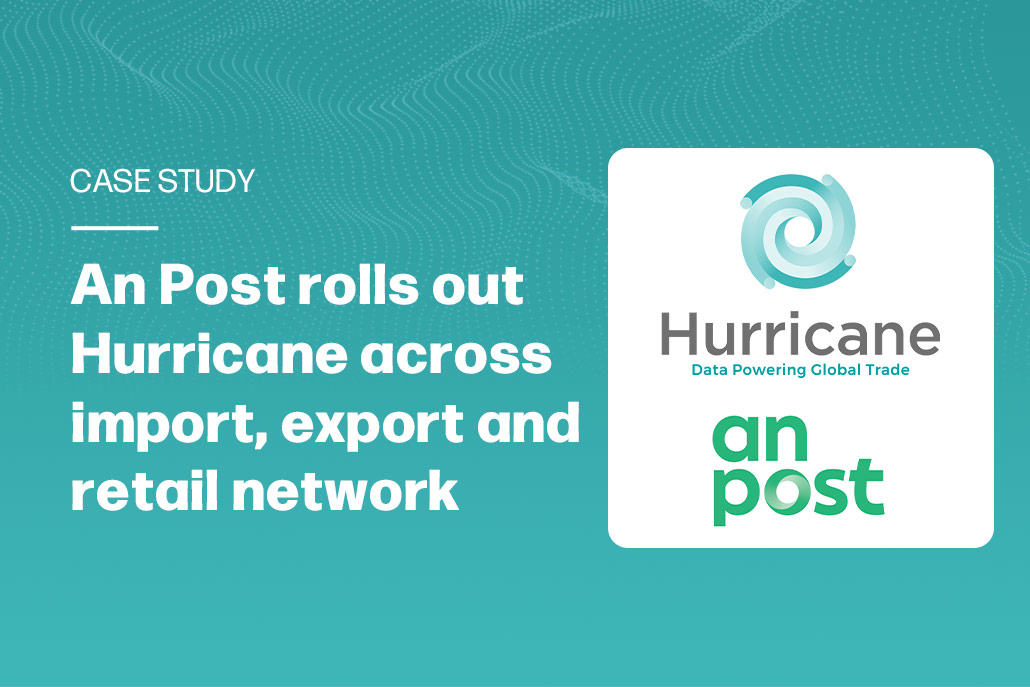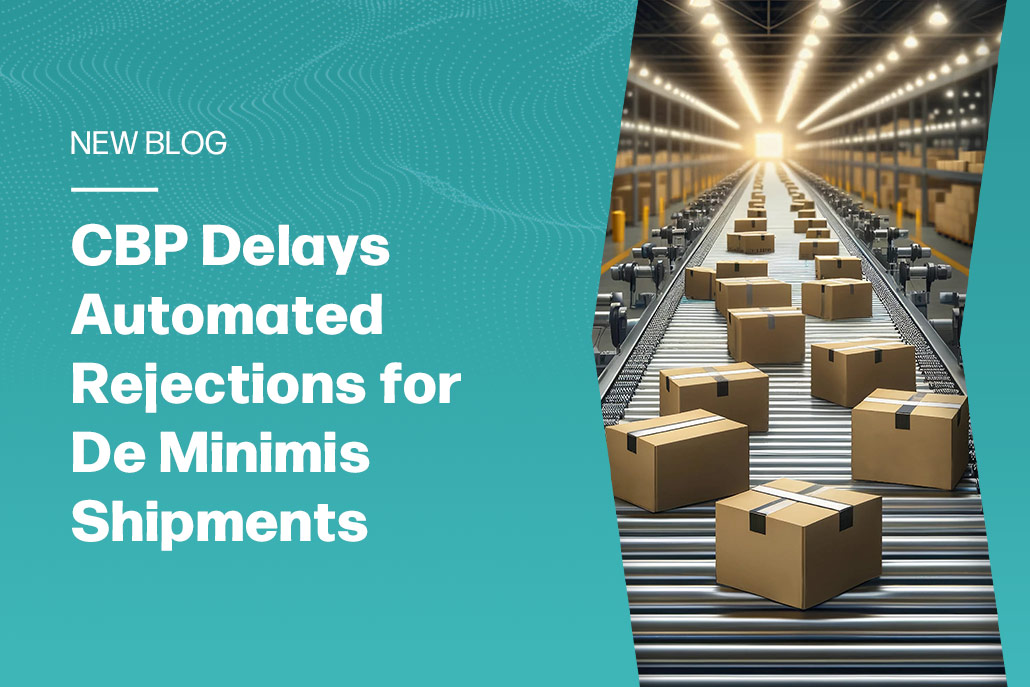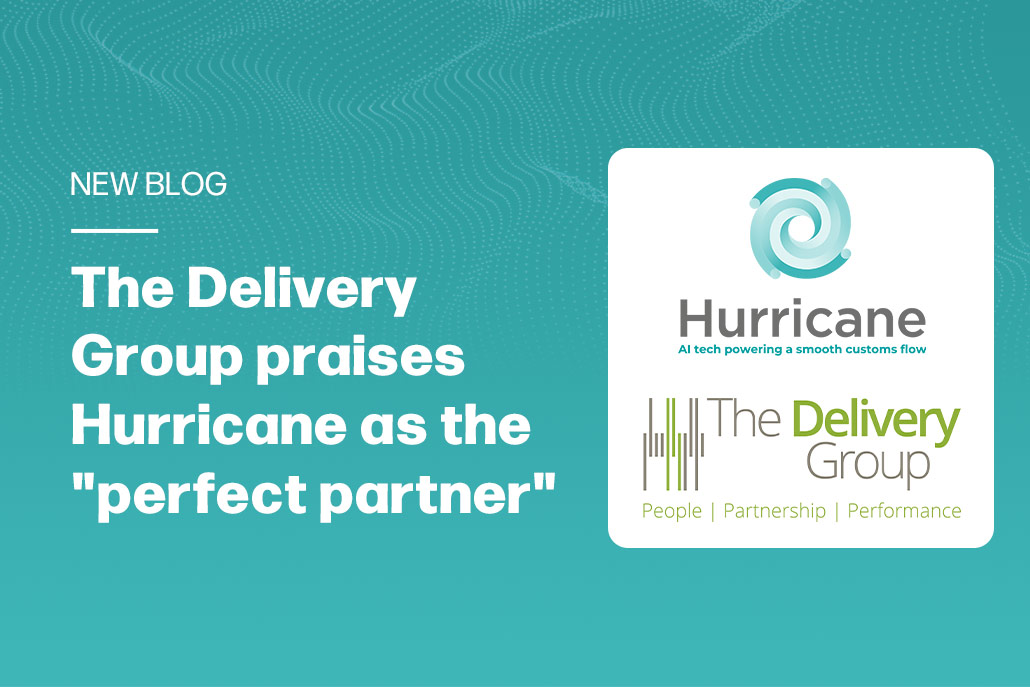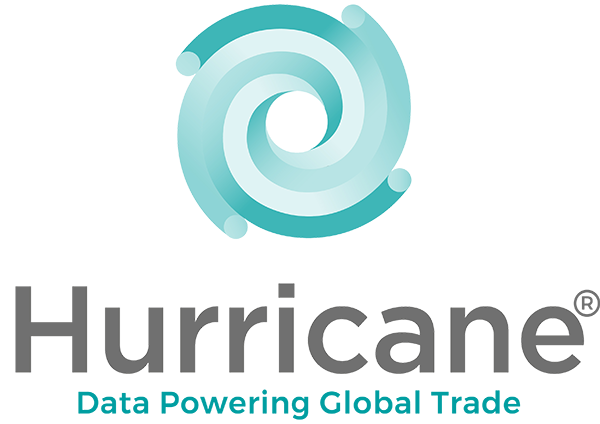One of the most frustrating things for businesses and eCommerce sellers is the number of potential fees they face when sending international shipments. The true cost of getting a package to your customer involves more than paying for postage.
You need to consider every expense that contributes to your supply chain — the landed cost. Landed cost calculations include everything from the original manufacturing costs and shipment packaging to customs fees, insurance and overheads. And that’s only a few of the factors to consider.
Getting your landed cost right will help maximise your profits. It’s essential to know your landed cost calculation because it impacts everything from your pricing strategy to how you choose to store your inventory.
It seems overwhelming, but we’re here to help. This guide will give you the definition of landed cost, how it’s calculated and why businesses need to calculate this cost. We’ll also share some advice on how to reduce and improve landed cost.
What Is Landed Cost?
A landed cost is the total amount of money you spend in getting a product to your customer’s doorstep. It starts with the original price of your product (including manufacturing costs) and ends with local delivery.
Landed cost includes obvious factors such as customs fees, duties, taxes, insurance, transportation, packaging and postage. However, it also includes expenses that sellers might overlook but can be costly to ignore. Storage, handling, payment processing, compliance costs, exchange rates and overheads are just a few examples of these forgotten fees. Your buyer will see the price of the commodity as inclusive of all these fees.
The most important factors for landed cost calculations
A huge number of factors contribute to the landed cost, meaning it’s a daunting task for the uninitiated. However, some costs hold more weight than others. Here are the top significant expenses to consider when calculating a landed cost:
-
Manufacturing and purchase costs
You should consider the initial cost of manufacturing or purchasing the product. Also known as the Cost of Goods Sold (COGS), it includes the cost of raw materials, labour, production and any other expenses directly related to creating or reselling the product.
If the COGS exceeds total sales, you’ll lose money. Knowing this factor for your landed cost calculation will help you assess your profitability, make better pricing decisions and manage your finances.
-
Shipping and transportation costs
Shipping and freight charges often make up the bulk of landed cost calculations. The mode of transportation (air, sea, road, etc.), distance and shipping route all play a role in determining transport costs. Related charges include postage, handling and logistics fees such as inventory storage, picking, packing, packaging materials, fuel and labour costs.
-
Customs and taxes
Import duties, taxes, tariffs and extra fees imposed by the importing country’s customs authority are unavoidable and take up a chunk of the landed cost. These customs costs are influenced by the product’s classification, country of origin and any trade agreements or regulations in place.
It’s essential to include customs costs if you’ve decided to ship under a Delivered Duty Paid (DDP) arrangement. In this case, you (the seller) have taken on the responsibility of covering all import duties, taxes and customs clearance fees. While you might think it adds extra hassle and expense on your end, it creates a much better customer experience.
-
Risk costs
Carriers and freight forwarders have limited liability for goods. Depending on the value and volume of the goods you’re shipping, you might want to add insurance to cover potential damage, loss or theft. The cost of insurance is often a percentage of the product’s value.
How to Calculate Landed Cost
Landed cost can vary significantly based on factors such as the origin and destination of the goods, the mode of transportation and the complexity of customs procedures. You also need to consider any additional regulations or fees imposed by the importing country.
Calculating the landed cost can be challenging due to all the factors involved. It’s best to note down your product’s journey step by step, from production to arrival at your customer’s doorstep. Identify and audit all the costs including raw materials, freight charges, VAT, customs fees, taxes, handling, storage, administrative expenses, currency conversion and insurance.
Group each cost under broader categories:
- Manufacturing costs/Cost of Goods Sold (COGS) — raw material, labour and production expenses
- Shipping costs — transportation, crating, packaging, freight charges, handling and storage
- Customs duties and taxes — import/export duties, VAT or Goods and Services Tax
- Risk — insurance, compliance checks and secure storage for inventory
- Other expenses — overheads, administrative costs, exchange rates and compliance (licences, certificates, etc)
Once you have summarised your costs for each category, just follow this simple formula:
Manufacturing + shipping + duties + taxes + risk + other expenses = landed cost
Estimating duties, taxes and administrative overheads can be tricky, but various online resources make it easier. Search for online currency calculators and customs duty calculators for your country. Even better, automated landed cost calculators like our Kona API can integrate with your website and generate accurate and complete calculations for you.
Why Landed Cost Is Important for Ecommerce Businesses
Running a successful business relies on accurate budgeting. A landed cost lets you manage your inventory and understand your true profits so that you can prioritise products with a higher profit margin.
It helps to reveal hidden or forgotten costs that prevent you from achieving the best possible profits. Imagine you’re selling a pair of boots for £70 without calculating the landed cost. Manufacturing and shipping alone might come to £60, giving you £10 profit per sale.
But the total landed cost calculation (including import fees, administrative expenses, insurance, etc) for that same pair of boots is likely to exceed your £70 selling price. If, in the same scenario, your landed cost adds up to £80, you’re left with a £10 loss per sale — which isn’t great for business. However, knowledge is power and, once you identify these miscalculations and profit leakages, you can adapt your pricing strategy.
Landed cost also gives you insight into your supply chain efficiency. If you don’t like the breakdown of costs, you can research cost-saving alternatives, such as new shipping routes or freight forwarders. At the very least, you can negotiate better terms with suppliers or streamline operational processes.
Above all, landed costs contribute to a better customer experience. They are the key to minimising cart abandonment. Don’t make online shoppers do additional work — customers expect transparent pricing and accurate delivery estimates. Let’s face it, surprise fees and delivery delays are unlikely to result in repeat business.
How to Improve Landed Cost
After calculating your landed costs, you might be hit with a feeling of dismay. Ouch — you didn’t expect such a heavy landing! Can the cost of getting products to your customers really be that high?
Don’t panic. Here are some ways you can reduce your landed cost.
Optimise supplier relationships
You can negotiate better terms with suppliers to lower the product cost or explore bulk purchasing. Perhaps you can commit to long-term contracts for volume discounts. If you’re not happy with your current suppliers, look elsewhere. Sourcing from different suppliers or regions can diversify risk and offer a choice of pricing structures.
Invest in new technology
Logistics processes are becoming increasingly sophisticated as they must comply with ever-changing rules and regulations. Older technology simply cannot keep up, unlike modern supply chain management and customs clearance software. These automated platforms decrease the risk of errors and cover everything from tracking inventory levels and distribution to optimising shipping routes.
Making landed cost work for you
If you want your eCommerce business to succeed in a global market, it’s essential to get landed cost right. Landed cost provides a clear picture of the total expenses associated with sourcing and delivering products, ensuring you always price your products correctly. It also keeps costs transparent and upfront at the point of sale for your customers, who will appreciate the hassle-free service.
With our Kona API, the days of overestimating or underestimating your landed costs are over! It not only keeps you compliant and reduces the risk of costly penalties or delays at customs, but it also calculates an accurate landed cost estimate.
If you have any questions about our landed cost calculator, please contact us. Our team of customs clearance software experts is happy to help you find the best solution for your business.





